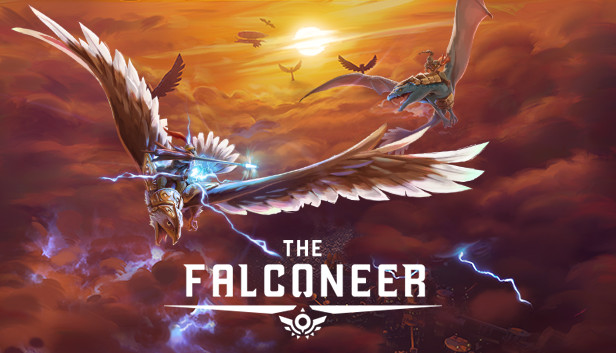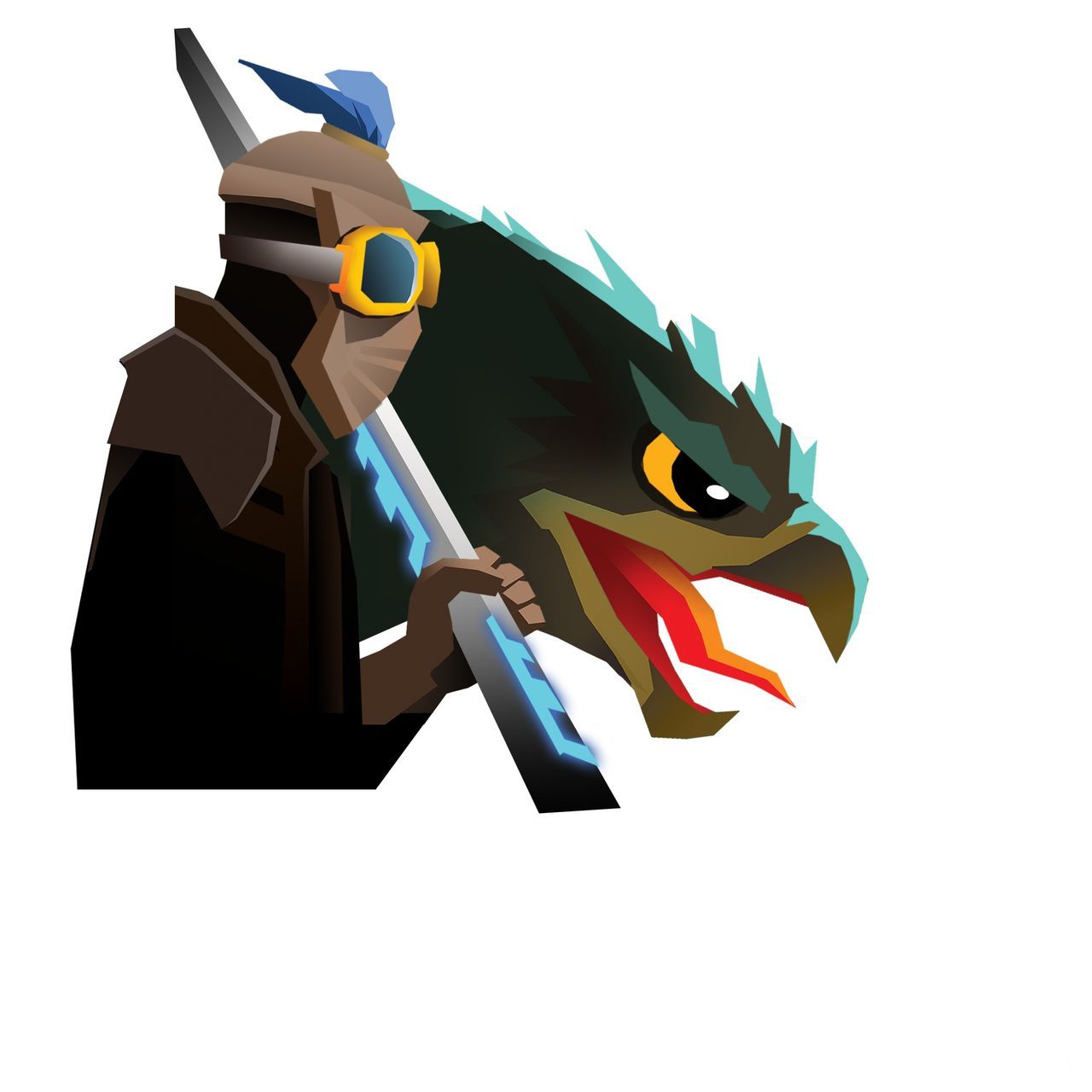
Dive through the deep ocean depths, soar above the clouds to do battle with giant crab cities or engage in furious dogfights against the mysterious Mancer Order that controls and regulates technology. Progress through perilous missions and side quests, wielding your lightning caster to protect ships against pirates, kraken and other threats. Throughout multiple campaigns, you will experience life from many different perspectives and loyalties as you embark on a journey of discovery, and solve the mystery of the Ursee, its people and history. You take on the role of Falconeer, a powerful airborne warrior traversing a vast oceanic world torn apart by generations of poisonous decisions and dissent. Even so, this is a flight you should take if you get the chance.Soar through the skies aboard a majestic warbird, explore a stunning oceanic world and engage in epic aerial dogfights, in this BAFTA nominated air combat game from solo developer, Tomas Sala. The lack of direction outside of the story is as much a blessing as it is a curse, leaving long-term appeal up for debate. Most remarkably of all, even if it’s something you’ve seen a hundred times before, it still feels special. A whale, briefly visible as it leaps from the sea beneath you a thunderstorm, which you might fly through to recharge your lightning gun a temple you hadn’t yet discovered somebody riding a dragon as big as your giant/normal sized falcon a skyscape of sunset-kissed clouds. Any excuse to go back out into this intriguing world, I’ll take.

It says a lot that although optional missions are hollow instructions along the lines of ‘go here’ or ‘kill that’, I still eagerly dive into them for the extra cash. Also, having an ally for most story missions is a nice touch, and they’ll always pull their weight, but they won’t always follow instructions (limited to ‘hit this target’ or ‘get this enemy off my back’).ĭespite these criticisms-and despite the absence of the option to automatically target a chasing enemy-The Falconeer still, mostly, shines. Significant difficulty spikes are rare, but very annoying when they hit, to the point where I eventually kicked the difficulty down to Easy to soften (but not negate) their effect. (Image credit: Wired Productions) Wing, wing, hello?ĭifficulty throughout the story is all over the place, with no smooth gradient. And while you’re given clear direction for story missions, you’re left to fend for yourself when it comes to exploring the open world outside of them, with nothing but the names of locations ever marked on your map (which, incidentally, you cannot place custom waypoints onto). An optional quest that takes just a few minutes might pay just as much as a lengthy story mission, which doesn’t make any sense. One small but noticeable issue is the cash awarded for completing story or side missions (needed for weapon and falcon upgrades), which often isn’t proportionate to the effort involved. The Falconeer’s main issue-what prevents it from becoming the essential adventure I get occasional glimpses of-is its inconsistency. I love that I can be soaring through the clouds alone one minute and attacking a giant robot crab with hit and run tactics the next. Nonetheless, this is a game that (usually) lovingly lays you down in a rich atmosphere with a successful mixture of soothingly chilled out traversal and tense combat. On a third attempt, I find myself circling the ship in agitation, impatiently awaiting a fight that I know is coming while the ship merrily chugs along at what is now a frustratingly slow pace. If I die partway through, I need to start all over again.

However, there are no checkpoints, and this is a big issue for these missions.


 0 kommentar(er)
0 kommentar(er)
